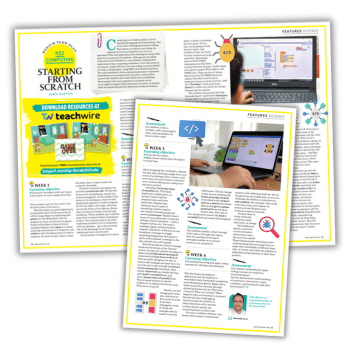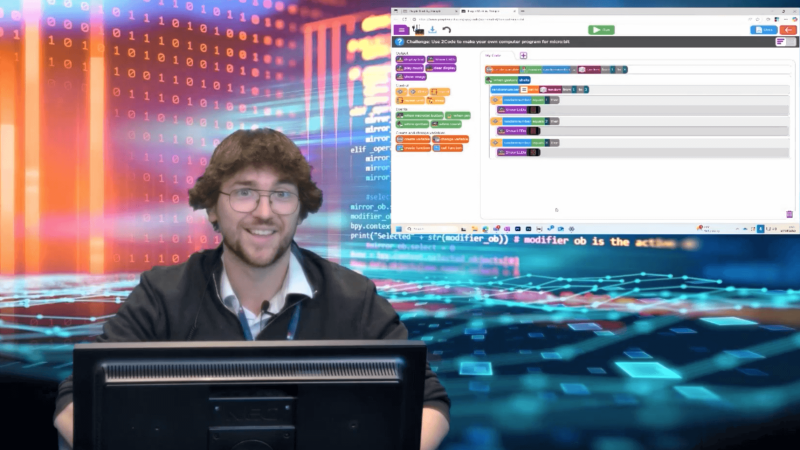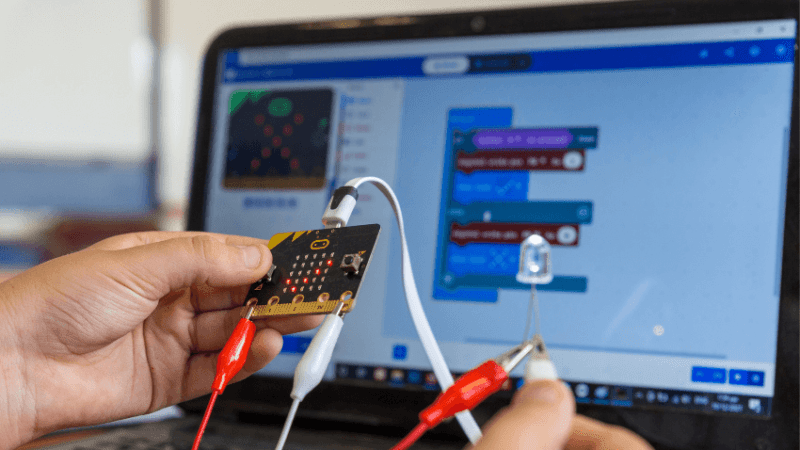Computing KS2 – talking about copyright in the primary classroom

As WBD celebrates its 25th birthday on March 3rd, Terry Freedman suggests some lesson activities and resources to help you address the computing Programme of Study…

- by Terry Freedman
- Independent education technology consultant, writer and trainer Visit website

While the National Curriculum says nothing specifically about copyright, one of the objectives in the computing Programme of Study is to use technology safely. That ought to include copyright, because infringement of copyright, even if unintentional, can have serious consequences.
Teaching, for example, about the fact that not all pictures on Google Images are free to use (a misconception held by a lot of children – and adults) could be a great opportunity to explore the concept, and introduce ways in which staff and students can keep themselves (and your school) safe.
Here are some of my favourite copyright-related lesson plans:
Let’s give credit
Intended for use with pupils aged seven to eight, this free lesson plan aims to impress upon children the importance of giving credit for other people’s work, and by extension how to include credit in their schoolwork for any information they find on the internet.
The lesson progresses from looking at key definitions to appreciating why giving credit is so important. Along the way there are opportunities for class discussion, paired work and extracting information from the results of searches on the web (which are provided for you ready-made).
This is a great resource that hits a couple of objectives in the Programme of Study, such as ‘evaluating information found on the web’, and ‘using technology safely’.
The lesson comes in the form of instructions to the teacher, pupil activities, slides and a teacher’s guide (all via Google Docs). The general teacher instructions can be printed off or downloaded as a PDF.
It’s also very easy to read, with an attractive font and graphics, and an uncluttered layout. You could easily use it ‘out of the box’. The only thing I am not too keen on is its somewhat prescriptive tone, such as: “Say: Today we talked about how we can provide credit for other people’s work we find on the internet.”
Nevertheless, there’s obviously nothing to prevent you from using your own form of words, and those kinds of ‘stage directions’ will definitely be helpful for teachers who are new to this topic.
Creating a new book cover
This is, in fact, a set of four lesson plans with associated resources. It’s a good way of getting pupils to think about such things as what information is conveyed through the images and text on book covers, and involves carrying out their own searches and evaluating information found on the web.
The resources provided are very good. In particular, the book cover components checklist will be an excellent handout if you intend to have the children design their own book covers.
It’s worth exploring the tabs, especially ‘Resources and Preparation’ and ‘Instructional Plan’. The latter, unlike the previous resource we looked at, is in broad outline rather than great detail.
I like this set of resources largely because of how amenable it is to a variety of approaches. It’s American, but if you want the UK age equivalent of the grades, just add five. Thus, Grade 3 is, approximately, aimed at children aged eight years old.
Disconcertingly, a couple of the links on the front page don’t work. However, if you search on the site for, say, ‘book cover creator’, it will hand you the page on a platter!
Choose your favourite writer
This lesson plan from BrainPop involves the children exploring the life and works of their favourite authors. This is more of a longer term project than just something to do on World Book Day, not least because it involves actually reading the books!
The plan comes in the form of a broad set of instructions in ‘teacher speak’, which you are invited to adapt as necessary to the age of the children you are teaching.
As well as reading about an author, and one or two of their books, the lesson also suggests getting the children to write a story that has been inspired by one of the books. This neatly introduces the idea of fan fiction, albeit without saying as much. That, in turn, could provide the basis for a discussion about copyright.
Terry Freedman is a freelance writer and blogs at ictineducation.org. Follow Terry on Twitter @terryfreedman










